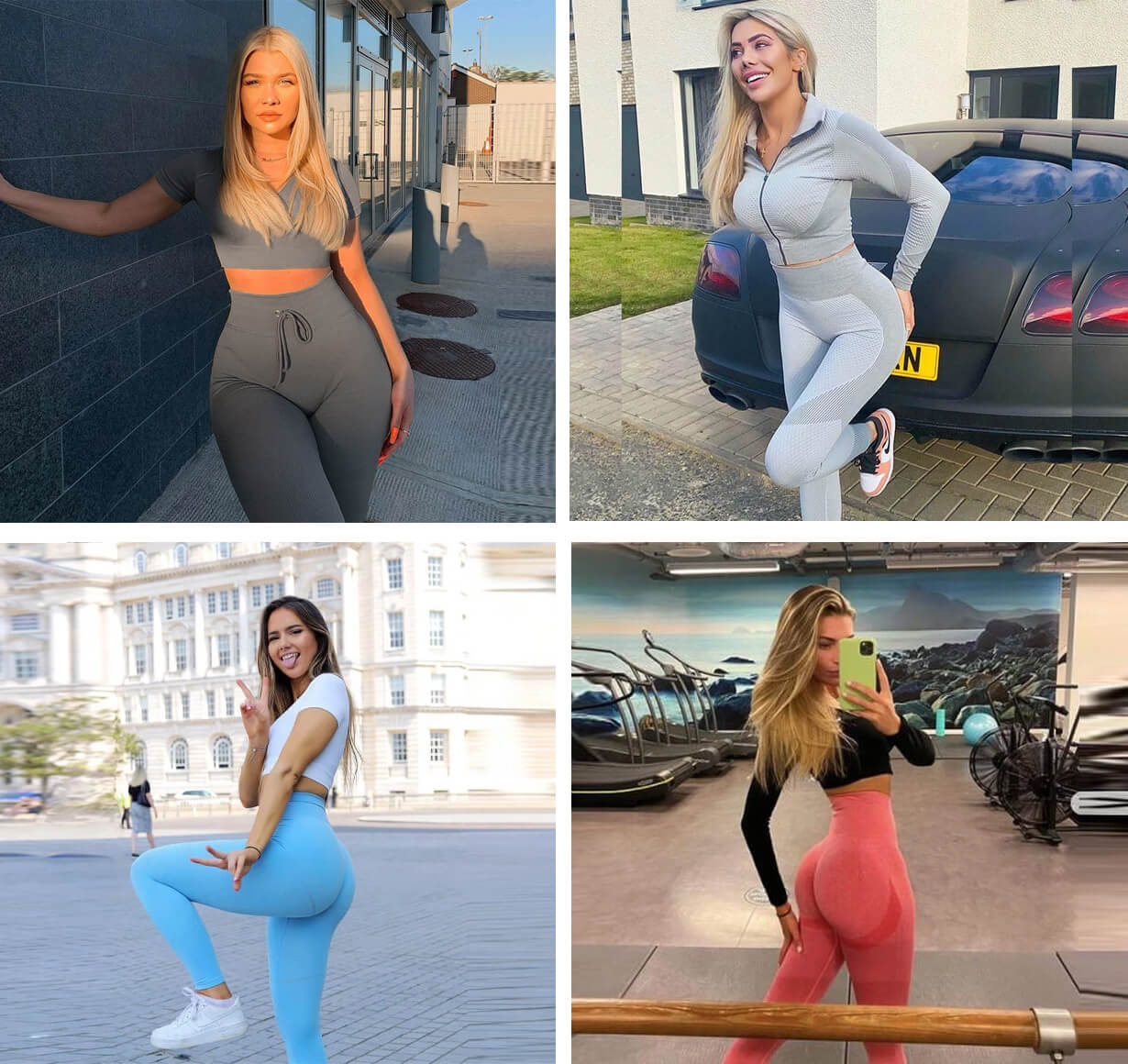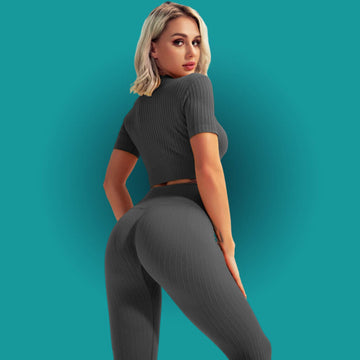How to Choose the Best Yoga Mat
With all the yoga mats available, choosing one for yourself can be a confusing experience. Different thickness, materials, prices, sizes make it hard to find the best mat or what suits you.
We will cover all of these aspects to make your decision process a little bit clearer. While choosing your yoga mat, always keep your personal practice in mind; the style and your dedication to the practice and what you like from a mat; there is a perfect mat for every practitioner.
1-Yoga Mat Thickness
The thicker the mat, the more comfortable it will be for your joints (think about all the kneeling postures). The downside of a thick yoga mat is that it makes it harder to feel the ground and you may end up feeling wobbly or having less stability in balancing postures.
The most common thickness is 1/8”. These mats provide enough cushioning for most people and are light and easy to carry to the studio. The thickest mats are 1/4” thick. The premium mats will generally be that thick, for the best support and because they stay put on the floor. Keep in mind that they will usually be heavier and that the material will influence how spongy or hard the mat is –aka how wobbly you will feel in your balancing asanas. 1/18” mats are generally the thinnest mat you will find. They are super thin which makes it easy to feel the floor and provides stability. They are portable, take less space and are super light which makes them the perfect mat for someone who is always on the go or traveling.
2- Material
It may seem subtle but it is very important. The material dictates the texture, sponginess, stickiness and eco-friendliness of your mat. It will also determine how long your mat will last.
PVC: Most mats are made of PVC - polyvinyl chloride. These mats provide stickiness, comfort and are durable. The thing is PVC is not the most eco-friendly option out there, although some companies like Manduka are making efforts to diminish the environmental side-effects of this material.
Rubber: This is the typical choice for people looking for an eco-friendly mat (along with foam). These mats also provide good support, stickiness and durability, but keep in mind that they contain latex. If you are allergic, look elsewhere.
Cotton & Jute: These are called the “traditional yoga mats”. They are thin, sustainable, have great traction and absorb moisture well. They are usually used on top of another mat to avoid sliding.
3-Stickiness
Both stickiness and texture will determine the traction of your mat. Traction is really important to avoid injuries from sliding and slipping. Stickiness relies on suction to avoid sliding and to help hold a pose. In general, the materials from most to less sticky are: PVC (high), foam (high), rubber (medium), cotton & jute (none). Keep your mat clean; if it is a bit oily it won’t be at its optimal stickiness.
4-Texture
Texture also plays a role in the traction of your mat. While stickiness provides suction, texture provides grip or physical barrier to sliding. Texture is about how the yoga mat feels; it can be completely smooth or super bumpy -like a jute mat. Texture is important for traction but also plays a role in the comfort of your mat.
There is something out there to fit your liking. Usually, cotton, jute and rubber have more texture (but less stickiness). The raised texture will give you adequate grip even if you sweat. PVC mats have less to no texture which is comfortable. Keep in mind that they can be quite slippery when wet if they are not very sticky.
5-Sustainability
By now, pretty much everyone is making efforts to change their habits in order to protect the environment. For some, practicing yoga on a mat that will clog up landfills and that contains harmful substances is a big nonsense. In that case, natural and recycled rubber mats as well as cotton and jute mats are good choices. They all will break down. If you are trying to avoid harmful substances and mats that will clog landfills, avoid PVC.
Keep in mind that the quality of your mat plays a role here. If you buy a really good quality mat that contains PVC, but that mat lasts you 10-20 years, maybe it is not all that bad. But if you buy entry-level, less durable PVC mats, they will most likely start to wear off earlier, depending on how regular and vigorous your practice is. You will have to buy another mat pretty soon and the old one will end up in landfills.
6-Style of Yoga
Your practice will determine what mat is perfect for you. Your concentration should always be on your practice, not on your mat.
You like Yin or restorative yoga? Maybe a smooth-textured and comfortable mat will suit you better.
Your practice is super active and you sweat and jump around? Traction should be your 1st priority to avoid sliding, even if you sweat. You should also look for good-quality heavy mats that will stay put on the floor and won’t bunch up and move while you jump. Sometimes the few pounds you have to carry to the studio are worth it to feel stable and in trust during your practice.
7-Price
Here, stick to a range that matches your dedication to the practice and your experience. If you are new to yoga, maybe go for something a little bit cheaper as you figure out if you persist in your practice, what type of yoga you like and what you like in a yoga mat. If you are a seasoned yogi, you’d maybe like to invest in a patterned, anti-microbial, textured, premium mat. These will obviously be more costly. The standard-sized plain 1/8” PVC mat will usually be on the lower end of the price range.

















